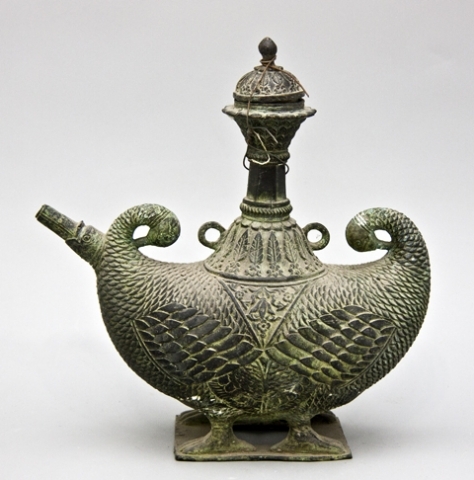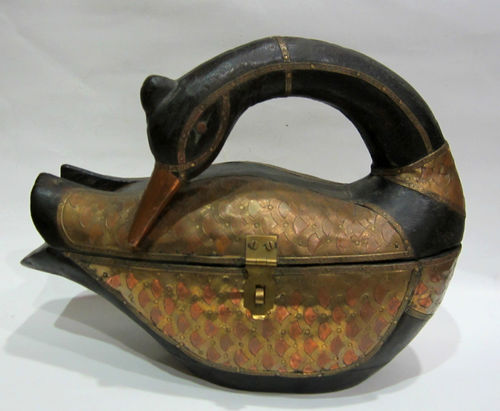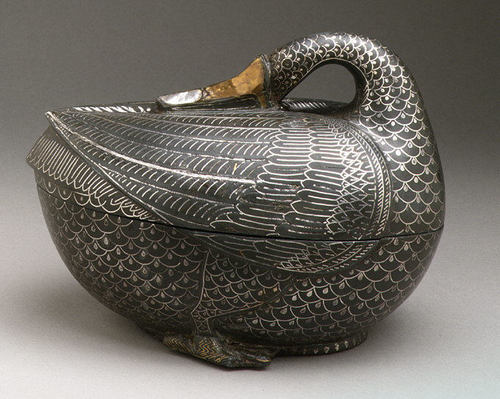FWP:
WINE verses: {9,4}; {12,2}*
on ;xamyaazah and ;xumaar ; {12,5x};
{13,5}; {16,9x};
{18,1}; {20,11};
{28,1}, on wine containers; here wine is apparently white; {28,5x}*; {29,9x};
{30,1}; {33,2};
{33,6}*, with wine-house verse list; {42,2};
{42,11x}; {43,2};
{45,2}; {45,6x};
{47,4x}; {49}**; {56,1};
{56.6}; {57,7};
{58,4}; {60,5};
{60,11}; {68,8x};
{72,8x}; {77,9x}; {80,6}; {81,6x}, on 'lines' in wine-containers; {86,3};
{87,9}; {90,1};
{90,3}; {95,2};
{95,7x}; {97,5}; {97,13};
{98,1}; {100,8}*; {107,5};
{111,13}; {114,5};
{116,3}; {117,4x}; {118,2};
{130,7x}; {131,5}; {131,8}; {131,9}; {132,6};
{133,2}; {138,3}; {140,5};
{142,3x}; {143,4}; {145,7x}; {146,3x}* (SRF on smoke, fire, wine); {147,4x}; {149,3};
{151,3}; {152,2};
{152,4}; {153,2};
{154,5x}; {158,3}; {159,3};
{163,4}; {166,3};
{169,3}; {169,5};
{169,6}; {170,2}; {175,3}; {176,2};
{178,7}; {178,8};
{179,1}; {180,1};
{180,4}; {181,6};
{182,2}; {188,4x}; {189,2};
{190,9}; {192,4};
{193,4}; {196,2};
{196,6}; {199,1};
{208,7}; {208,13};
{210,2}; {211,1};
{216,1}; {219,6}; {220,3x};
{221,1};
{223,2}; {226,4}; {228,13x}; {229,6};
{231,3}; {232,1}; {232,2};
{232,6}; {233,1};
{233,14} // {240x,4}; {248x,4}; {257x,5}; {263x,3}; {274x,3}; {276x,2}; {294x,4}; {294x,6}; {319x,4}; {322x,2}; {351x,2}; {354x,1}; {360x,1}; {360x,7}; {361x,5}; {369x,3}; {371x,3}; {383x,6}; {385x,4}, empty wineglass; {387x,2}; {389x,4}, Portuguese wine; {392x,3}; {404x,1}; {408x,1}; {416x,9}; {416x,11}; {420x,7}; {436x,3}
ABOUT REPETITIONS OF PHRASES AND LINES: Such repetitions of whole lines and long phrases are very rare in the divan. In addition to the present case (the first line of {49,1} and the second line of {49,12}), which is the most spectacular and deliberate-seeming, there are also: the second line of {41,1} and the second line of {41,8}; the first line of {33,3} and the second line of {80,1}; and (most of) the first lines of {52,1} and {72,3}. Note also Ghalib's amusing praise for repetition in {53,11}.
This ghazal has a remarkably long and specific refrain. Since every verse ends in mauj-e sharaab , 'wave of wine', this unifying semantic effect turns the entire ghazal into a sort of unofficial quasi-verse-set. (Compare {211}, with its refrain of na;Gmah hai .) And the effect is intensified by the fact that the first line of this opening-verse is repeated identically as the second line of the closing-verse, {49,12}.
But of course, unofficial is the operative word; the unity of the ghazal is merely thematic, not (in principle) narrative or sequential. In this one ghazal, since it's possible, I've made a point of translating in a way that preserves the refrain, so that every translated verse ends in 'wave of wine'.
The idea of a 'wine-duck' is so striking and poetically appropriate that it's easy to see why Ghalib would want to use it. Bekhud Mohani appears to think of it as something in actual contemporary use, though other commentators are much less sure of exactly what it is. For a 'boat of wine', with a Moth-wing for a sail, see {166,3}.
For our purposes, the details seem less important than the image. In the first line, the 'wave of wine' itself, not the duck, is what opens its wings. It thus inspires the wine-duck to swim-- in the water of a cooling pond? in the 'wave of wine' itself? It's not clear of course-- but does it matter? Maybe Ghalib himself didn't know; perhaps he had simply seen the image in earlier Persian or Urdu ghazals; an example from Mir is cited below. (Also, think of {1,1}-- Ghalib's comments show that he himself, never having gone to Persia, could never have seen the alleged 'paper robe' custom.)
For other 'wave of wine' verses, see {152,2}; {351x,2}; {361x,5}.
I once had a go at translating (1991) this ghazal.
Compare Mir's use of the 'wine-duck', which Ghalib might have borrowed: M{178,4}.
Just for pleasure, here is a Mughal-era 'pilgrim flask' (in which travelers carried water), in the shape of two conjoined ducks:

And here is not exactly a
wine-duck, but a paan -duck, courtesy of the Met:
A trinket-box duck:


Hali:
The extent to which Mirza has versified themes related to wine in his ghazals and odes and verse-sets and quatrains won't be less than that of [the Persian poets] Khvajah Hafiz and Umar Khayyam. [Hali also provides an account of Ghalib's own drinking habits, with anecdotes.]
==Urdu text: Yadgar-e Ghalib, pp. 71-74